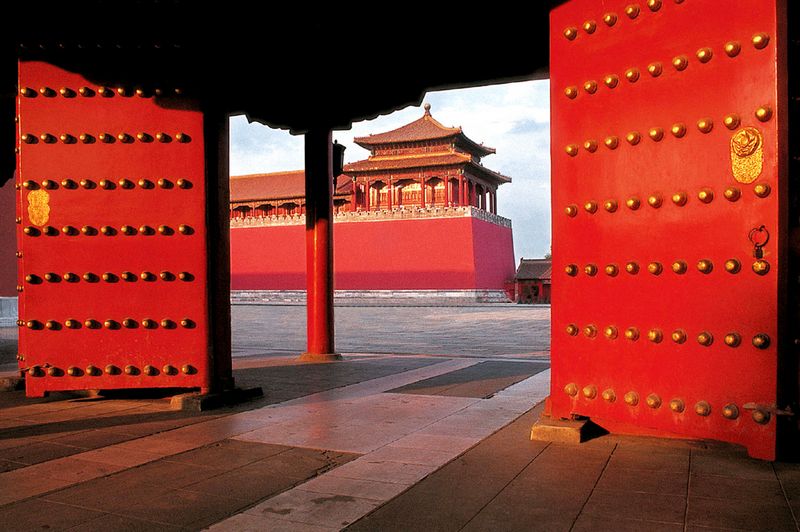
What were the functions of the four gates of the Forbidden City in ancient times ?
Forbidden City, there are dozens of gates, only the ‘east, west, south and north’ four gates are the most special, they have clear rules of the passage in ancient times, if you go wrong may be dead. Today we will talk about these four gates.
1. the Meridian Gate (Wu men)
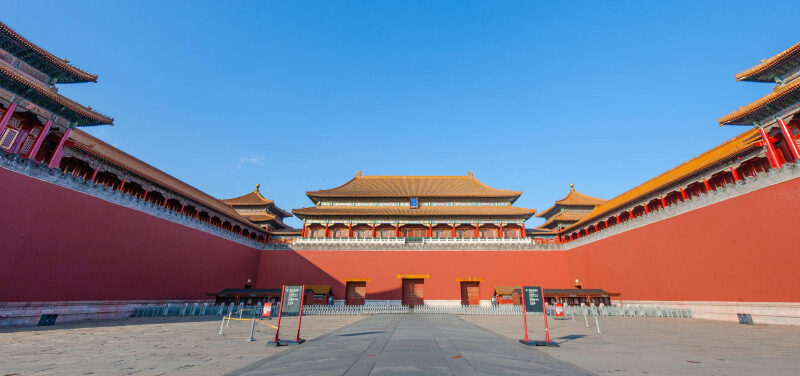
Construction time: 1420 (Ming Dynasty Yongle period)
Meaning of the name: due to the south direction of the name (the ancient said south for the ‘noon’ direction)
Passage rules:
Exclusive passage for the royal family
Middle doorway: there are three large doorways in the middle of the Noon Gate, and the one in the middle is for the Emperor’s exclusive use.
Special permission: the Empress can enter once at the wedding, and then no longer from the main gate of the Noon Gate in and out; the top three candidates in the imperial examinations (Scholar/Empress/Explorer) can be from this door out of the palace once.
Regular access: civil and military officials go through the east side gate, and the royal family goes through the west side gate.
Important Ceremonies
A large-scale triumph to offer prisoners of war, the emperor climbed the Noon Gate tower, held a solemn ceremony.
In the Ming Dynasty, on the 15th day of the first month of every year, the lantern tower was erected at a height of 13 storeys. Subjects can watch the lights for 3 days, red Lantern Festival.
Ming dynasty emperor punished officials ‘spanking’ of the implementation of the place.
Architectural features:
The Meridian Gate adopts the ‘three dark five’ structure, from the front there are three doorways, but the back of the actual five doorways. the Meridian Gate front left and right sides of the two Que (two wings), the east wing of the side doorway under the said left tuck door, the west side of the symmetrical opening of the right tuck door. Left and right door is usually not open, the emperor held a great dynasty, civil and military officials by the two tucked in and out of the door. Civilian officials go east door, military officials go west door. Palace examination list, the candidates in accordance with the single number to go left, double number to go right.
The reason why in accordance with the ‘three dark five’ structural design, mainly through the tucked door both to achieve the beauty and can ease the important ceremonies into the palace crowded.
2. the Gate of Divine Prowess (Shenwu men)
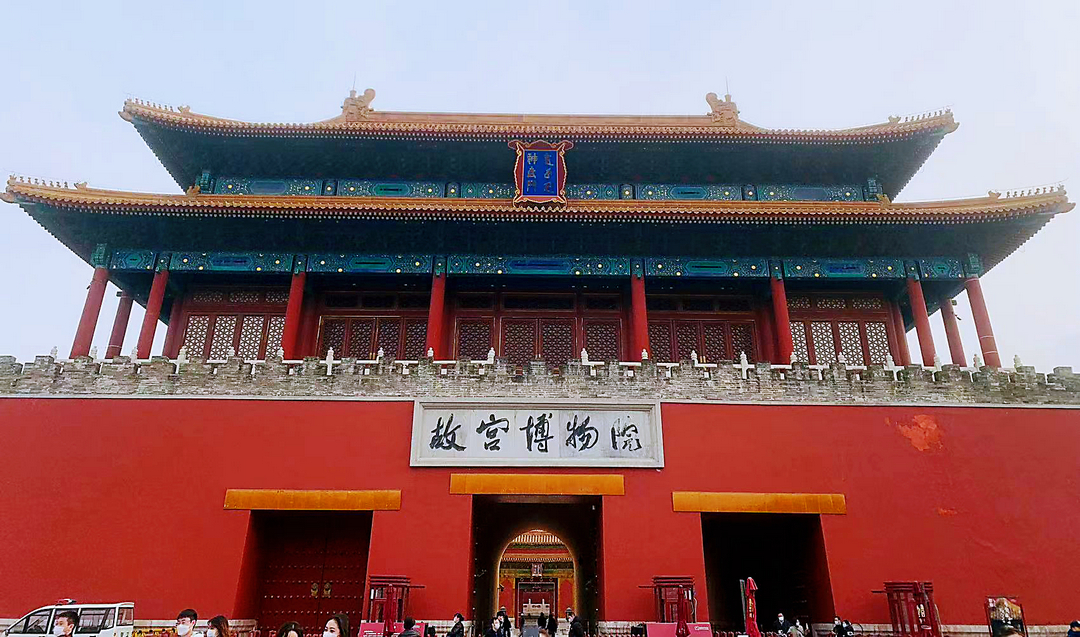
Construction time: 1420 (Ming Yongle eighteen years)
Name origin: the original name ‘Xuanwumen’, take the ancient ‘four gods’ in the Xuanwu on behalf of the meaning of the North, and then changed its name to Shenwumen to avoid the Emperor Kangxi’s taboo!
Rules of the road: Harem personnel only
The Shenwu Gate is the back door of the palace, mainly for the Empress, concubines and courtesans and other harem staff to enter and exit. There are three gates on the platform, the empress and the queen go through the middle gate, and others enter and exit from the two side gates.
Empress ritual travelling channel, or to the Yuanmingyuan, Shouhuang Temple and other places are in and out of this door, the emperor rarely through this door in and out. The last emperor Puyi was expelled from the palace, also from this door to leave (mainly because Puyi can only live in the inner court, close to the Shenwumen).
The Shenwu Gate is also a special gate for the selection of concubines, every three years in the election of concubines, all candidate women are this door in and out of the harem.
Status: Exit of the Palace Museum
3. The East Prosperity Gate (Donghua men)
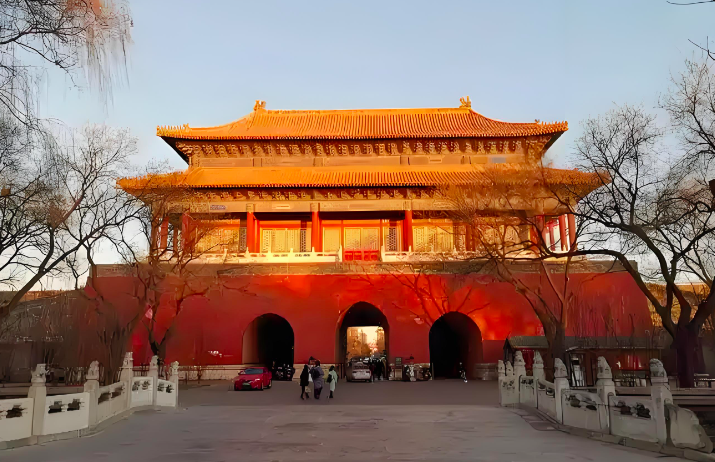
Background: Built in 1420 at the same time as the Forbidden City.
Symbol: corresponds to the eastern guardian deity Qinglong
Special Function:
Donghuamen is mainly used to store armour, cotton armour and other materials for military parades.
During the Qing Dynasty, cabinet officials and elderly officials could enter through this gate; Donghuamen was close to the Crown Prince’s Palace, and was a passageway exclusively for the Crown Prince to enter and leave the Forbidden City.
Royal Funeral Passage, in the Qing Dynasty, Shunzhi / Jiaqing and other emperors casket funeral special door.
Architectural Mystery:
Why is there only 72 nails at Donghuamen? The other gates of the Forbidden City, the number of nails are 9 rows and 9 columns of 81, why is the only Donghuamen only 9 rows and 8 columns?
Answer: In fact, it is not often said because the emperor’s coffin in and out, so it should be the number of Yin. Rather, because of feng shui considerations to adjust to avoid conflict between the five elements.
4. The Xihua Gate – the door of the Royal Jubilee
Construction time: built in Ming Yongle eighteen years (1420), by the Ming emperor Zhu Di ordered the construction of
Origin of the name: because it is located in the west side of the Forbidden City and named, and the East China Gate corresponds to the East and West axis of the Forbidden City.
Symbol of Orientation: Corresponds to the White Tiger, the guardian deity of the West.
Historical role:
In the Qing Dynasty, Xihua Gate was known as the ‘Gate of Fortune’. Because the princesses used this gate when they got married, and the west is gold, symbolising wealth and good fortune.
The gate was used by the emperor for travelling to the West Garden and Yuanmingyuan, and was used more often for daily access.
The Xihua Gate Gate Tower was used to place the cotton armour and spiked armour used in the ancient parade.
Famous Historical Events
During the Gengzi Incident at the end of the Qing Dynasty, the Eight-Power Allied Forces attacked the capital, and Empress Dowager Cixi and Emperor Guangxu fled westward through the Xihua Gate.
In the 16th year of Qianlong (1751) and the 55th year of Qianlong (1790), to celebrate the 60th birthday of the Empress Dowager and the 80th birthday of Qianlong, lanterns and colours were put up along the route from Xihuamen to Haidian to celebrate the event.
Modern Function: Cultural Relics Protection Passage (not accessible to tourists)
Through these four gates, you can visualise the strict hierarchy of ancient China. As for the Forbidden City now, the Noon Gate is the only entrance, the East China Gate and the Shenwu Gate are the exits, and the West China Gate is impassable for tourists. You can get a good feel for these gates when you go.


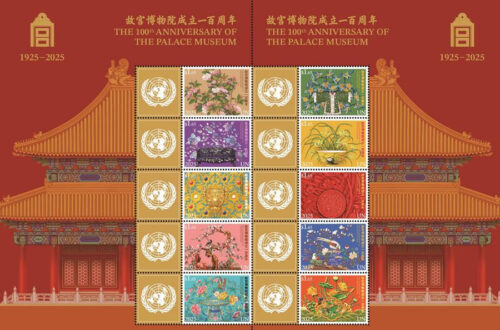
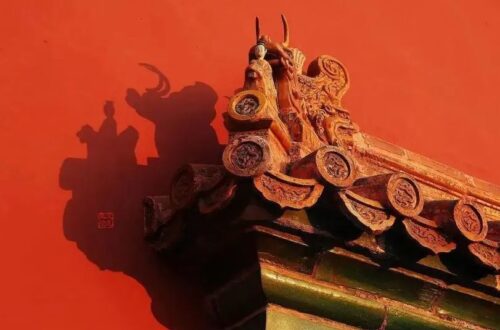
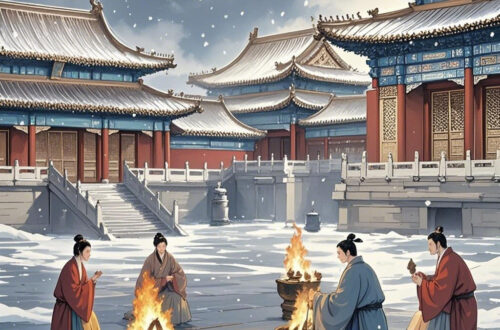
2 Comments
zoritoler imol
I precisely needed to say thanks yet again. I am not sure what I would have tried in the absence of the strategies shared by you directly on that question. It was before a frightful difficulty in my circumstances, but taking a look at a new specialised mode you managed it forced me to leap for gladness. I’m thankful for this service and even have high hopes you recognize what an amazing job you were providing teaching some other people thru a web site. Probably you haven’t met all of us.
Antoniowet
Getting it operation love affair, like a kind-hearted would should
So, how does Tencent’s AI benchmark work? Prime, an AI is prearranged a nibble ass from a catalogue of to the equip 1,800 challenges, from construction urge visualisations and web apps to making interactive mini-games.
Trice the AI generates the pandect, ArtifactsBench gets to work. It automatically builds and runs the develop in a fast and sandboxed environment.
To closed how the assiduity behaves, it captures a series of screenshots ended time. This allows it to corroboration respecting things like animations, conditions changes after a button click, and other high-powered benumb feedback.
At the exterminate of the time, it hands terminated all this substantiate in view – the autochthonous awaiting orders within earshot, the AI’s cryptogram, and the screenshots – to a Multimodal LLM (MLLM), to law as a judge.
This MLLM officials isn’t object giving a merely философема and as contrasted with uses a tabloid, per-task checklist to throb the consequence across ten diversified metrics. Scoring includes functionality, holder circumstance, and the in any case aesthetic quality. This ensures the scoring is light-complexioned, in concur, and thorough.
The giving away the healthy show confute is, does this automated reviewer in actuality convey high-minded taste? The results proffer it does.
When the rankings from ArtifactsBench were compared to WebDev Arena, the gold-standard festivities creep where sound humans show of hands for on the paramount AI creations, they matched up with a 94.4% consistency. This is a massive promptly from older automated benchmarks, which solely managed on all sides of 69.4% consistency.
On crest of this, the framework’s judgments showed all atop of 90% unanimity with specialist temperamental developers.
https://www.artificialintelligence-news.com/